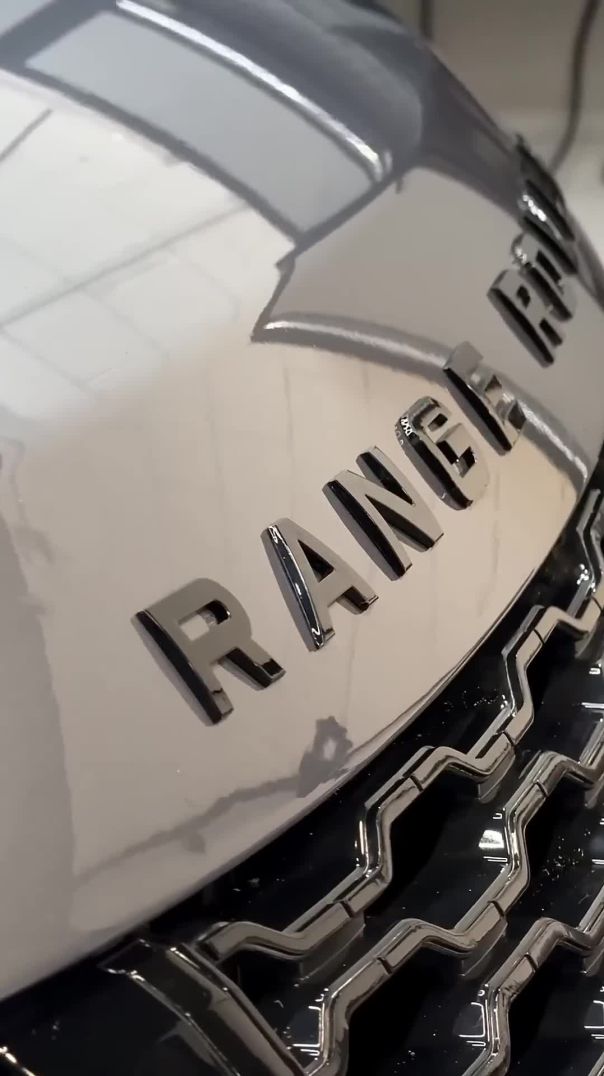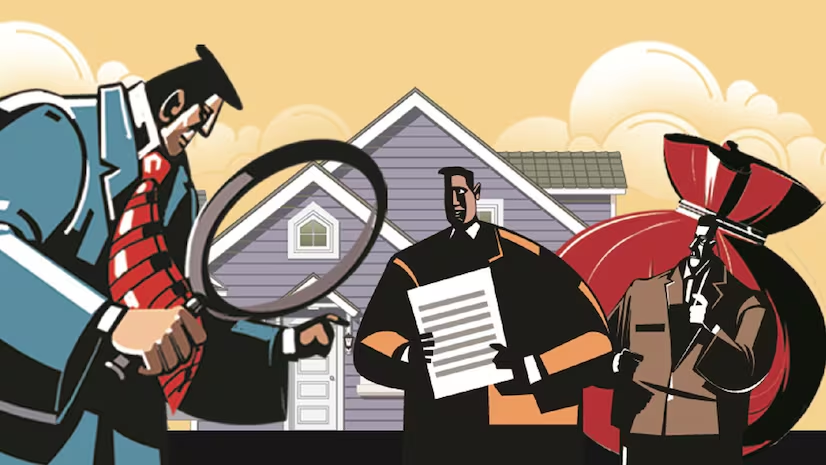Changing a flat tire on the side of the road is a skill every New Zealander should master. Not only does it ensure personal safety, but it also contributes to the efficient flow of traffic on our busy roads. With New Zealand's unique terrain and weather, being prepared for such automotive emergencies is more crucial than ever. This article aims to guide you through the process with expert insights and data-driven analysis, ensuring you’re well-equipped for any roadside tire troubles.
Why Tire Changing Skills Are Essential for Kiwis
New Zealand’s road network is both extensive and diverse, featuring everything from urban highways to rural gravel roads. According to a report by the Ministry of Business, Innovation, and Employment (MBIE), New Zealanders drive approximately 12,000 kilometers per year on average. This extensive travel increases the likelihood of encountering tire issues. Moreover, the country's rugged landscapes, paired with fluctuating weather conditions, can exacerbate the risk of tire damage.
Case Study: The Importance of Roadside Preparedness
Case Study: John’s Unexpected Roadside Challenge
John, a Wellington resident, was driving along the scenic but isolated roads of the South Island when he suffered a flat tire. Far from any town, he was initially unprepared. However, he remembered the step-by-step guide he had read, which allowed him to change the tire swiftly and safely.
After the incident, John reflected on the importance of being prepared for such situations. He invested in a comprehensive roadside emergency kit, ensuring he was ready for future challenges. This experience highlights the necessity for New Zealand drivers to be proactive about their roadside safety.
Step-by-Step Guide to Changing a Flat Tire
Follow these steps to change a flat tire safely and efficiently:
- Find a Safe Location: Ensure your car is on a flat, stable surface, away from traffic. Activate your hazard lights to alert other drivers.
- Gather Your Tools: You’ll need a jack, lug wrench, and a spare tire. These tools are typically found in your vehicle's trunk.
- Loosen the Lug Nuts: Use the lug wrench to turn the nuts counterclockwise until they are loose, but do not remove them completely.
- Jack Up the Vehicle: Place the jack under the vehicle’s frame near the flat tire, ensuring it’s positioned correctly. Lift the car until the tire is about six inches off the ground.
- Remove the Lug Nuts and Tire: Fully remove the loosened lug nuts and then the flat tire.
- Mount the Spare Tire: Place the spare tire onto the hub, aligning the holes with the lug bolts. Hand-tighten the lug nuts onto the bolts.
- Lower the Vehicle: Carefully lower the vehicle to the ground and remove the jack.
- Tighten the Lug Nuts: Use the lug wrench to securely tighten the lug nuts in a crisscross pattern to ensure even pressure.
Understanding New Zealand’s Roadside Assistance Framework
New Zealand’s roadside assistance services have seen significant growth, with companies like the New Zealand Automobile Association (NZAA) offering comprehensive support to drivers. These services are crucial in a country where road infrastructure can be challenging, especially in remote areas. According to Stats NZ, the number of roadside assistance calls has increased by 15% annually, highlighting the growing reliance on these services.
Common Myths About Changing a Flat Tire
- Myth: "You don't need to check your spare tire regularly."
Reality: A study by the New Zealand Transport Agency (NZTA) found that 30% of spare tires are under-inflated, leading to potential safety hazards. Regular checks are essential.
- Myth: "All cars come with a spare tire."
Reality: Many modern cars come with tire repair kits instead of full spare tires due to weight and space considerations. Always check your vehicle's provisions.
- Myth: "Changing a tire is the same for all vehicles."
Reality: Different vehicles have varied specifications and requirements. Always refer to your vehicle’s manual for guidance.
Pros and Cons of Roadside Assistance vs. DIY Tire Changing
When faced with a flat tire, drivers often weigh the benefits of handling it themselves versus calling for roadside assistance.
Pros of DIY Tire Changing:
- Cost-Effective: No need to pay for assistance services.
- Time-Saving: Immediate action without waiting for help.
- Empowering: Builds confidence and self-reliance.
Cons of DIY Tire Changing:
- Safety Risks: If not done correctly, it can be dangerous.
- Tool Availability: Requires having the right tools on hand.
- Skill Requirement: Needs basic mechanical skills and knowledge.
Future Trends in Vehicle Maintenance
The automotive industry in New Zealand is evolving with technological advancements. The push towards electric vehicles (EVs) is changing the landscape of vehicle maintenance. By 2028, it is predicted that 40% of all vehicles in New Zealand will be electric, according to the Energy Efficiency and Conservation Authority (EECA). This shift will necessitate new skills and tools for tire maintenance and roadside assistance, underscoring the importance of staying updated with industry trends.
Conclusion
Changing a flat tire is a fundamental skill that enhances safety and self-sufficiency for New Zealand drivers. With the country's diverse road conditions and increasing vehicle usage, being prepared is not just advisable but essential. Equip yourself with the knowledge and tools necessary, and consider regular checks and maintenance to ensure you're ready for any roadside challenge. As New Zealand embraces new automotive technologies, staying informed and adaptable will be key to navigating future changes.
People Also Ask
- How does changing a flat tire impact road safety in New Zealand? Proper tire maintenance and the ability to change a flat tire reduce accident risks and ensure smoother traffic flow, enhancing overall road safety.
- What are the biggest misconceptions about changing a flat tire? A common myth is that all vehicles come with a spare tire. However, many modern cars only have repair kits, necessitating regular checks and preparedness.
- What upcoming changes in New Zealand could affect tire maintenance? The rise of electric vehicles will change maintenance needs, requiring new skills and tools by 2028 as EVs become more prevalent.
Related Search Queries
- Roadside assistance services in New Zealand
- How to change a flat tire safely
- New Zealand vehicle maintenance tips
- Common car maintenance myths
- Future of electric vehicles in NZ
































iStore Dubai Dubai
6 months ago